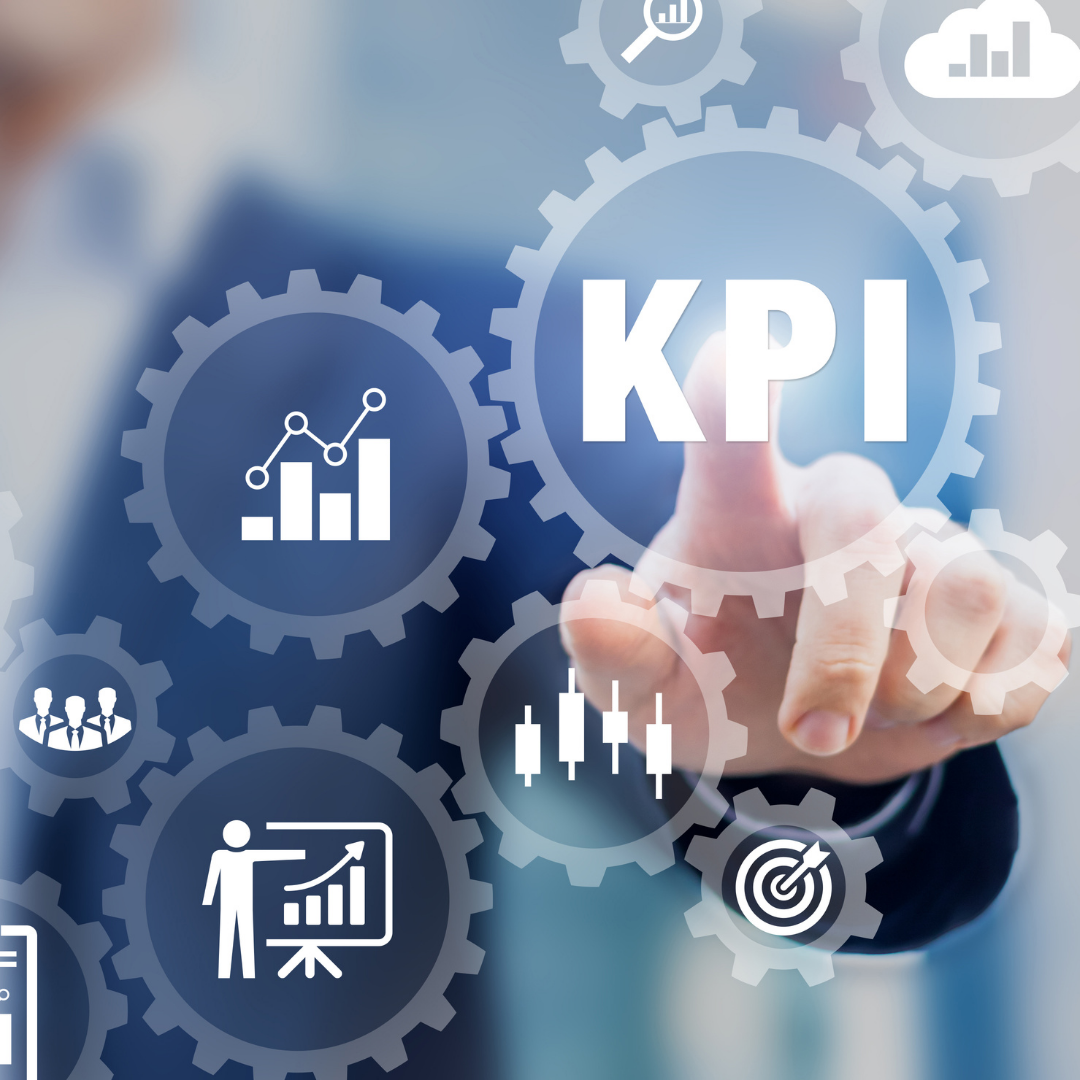KPIs are an important part of a business’s strategic plan and form the basis of the data which forms a business’s scorecard. You might be wondering: what are KPIs, and how do they help a business?
What are KPIs?
KPI stands for Key Performance Indicator, which is a term that describes the primary indicators that you should track. It’s a metric that tells you whether you’re getting what you paid for and whether you’re making progress towards your goals.
When you run a business, you are always looking for ways to improve performance, increase sales, and drive profits up. If you have an online business, the cost of running your business is negligible. Thus, you can easily place a high value on whatever improvements you can make. For example, utilizing an Amazon Marketplace Management Agency (if this is your chosen platform) to help with attracting customers, maximising profit, and helping with logistics. It is impossible to have an online business without using a few KPIs or Key Performance Indicators to measure and improve performance.
Here are the following KPIs for your business:
- Net Profit Margin
- Gross Profit Margin
- Solvency
- Liquidity Ratio (quick ratio)
- Working Capital
- Debt to Equity Ratio
- Sales Growth
- Net Cash Flow
One of the major KPIs for a business is Gross Profit. It is the sum of all products sold and is the most important KPI for a business because it tells how much money the business is making.
Why should you choose the right KPIs?
Choosing the right KPIs to track is crucial in the lean business process. KPIs are key performance indicators, measurement tools that measure and monitor progress. They are used to track and evaluate the performance of the business. When selecting KPIs, it’s also important to consider broader organizational goals, such as aligning them with corporate sustainability practices. By incorporating sustainability into performance tracking, businesses can ensure that they are not only achieving growth but doing so in an environmentally and socially responsible manner. If a business leader or manager wants to know how to set KPIs, they have to make sure that the KPIs they set are relevant and specific enough to ensure that the business is benefitting from its resources.
For instance, if you have a business website (which so many do), you are more than likely tracking its progress and how customers/clients react to it. If your website is flailing and it is not pulling in the traffic you need, that can have a knock-on effect, especially if you rely on this to bring in an audience. Using a web designer such as www.bluecollarwebsites.com, for example, can help significantly, as you will bring your website design up to a higher standard, which can catch the eyes of those you want, paired with a strategic marketing plan.
How do you set KPIs?
Setting KPIs is a really important part of running a business, and you should have some in place to make sure you are hitting the numbers you want to hit. We have all heard the saying, “set the bar high, so you will fall short, but set it low, so you will succeed.” But this is pretty much just an old saying.
If you want to set KPIs that make sense for your business, you need to look at your business and what you want to achieve and then decide on the KPIs which will allow you to hit them. Also, setting KPIs is a delicate business. You need to pick metrics that will give you valuable insights into the performance of your business. But you also need to pick metrics that are easy to analyze and are not a chore to track. You may even wish to get yourself something that can make tracking these KPIs as simple and straightforward as possible – this article by KWizCom could be of use to you if you are interested in learning more about some of the options available.
In the beginning, the KPIs you choose will help you measure the performance of your business, but eventually, those KPIs will become goals that you want to reach. Also, think about what success looks like for your company. If you don’t know what you want to achieve, you won’t know what KPIs are required to achieve them. KPIs are Key Performance Indicators or metrics that you track to gauge the success of your business. The key to measuring the performance of your business is to set KPIs that matter.
Before you set KPIs…
While many people know that a Key Performance Indicator (KPI) is one of the most powerful tools for measuring the performance of a business, few know how to select the right KPIs that will help them reach their goals.
Today, the concept of Key Performance Indicators is widespread, and organizations are using them to measure the progress of an organization. You may have been told that “you can never have too many KPIs” or “you should have a KPI for every process in your organization,” and this is because KPIs offer a lot of advantages. Still, it is important to have a clear idea of what you are trying to measure and what you are trying to improve.
For instance, if you run a senior care center, you are more than aware that running this perfectly is essential for the happiness of your residents. Their every day needs are crucial, and you must ensure that they are being handled appropriately. So if your business is not being effective and are missing targets, this can put you in a bad place and could potentially lose you business. You may find when checking your current performance that your facilities could use a change up. This is where outsourcing Hospitality Laundry services and others similar, can come in useful. You get efficient and safe services that will boost your business and help you residents feel like they matter.
Keeping track of key performance indicators is necessary for running any business. But KPIs are only as good as the process used to determine them. If a company isn’t accurately measuring key performance indicators, it could be costing itself millions of dollars at a time.

